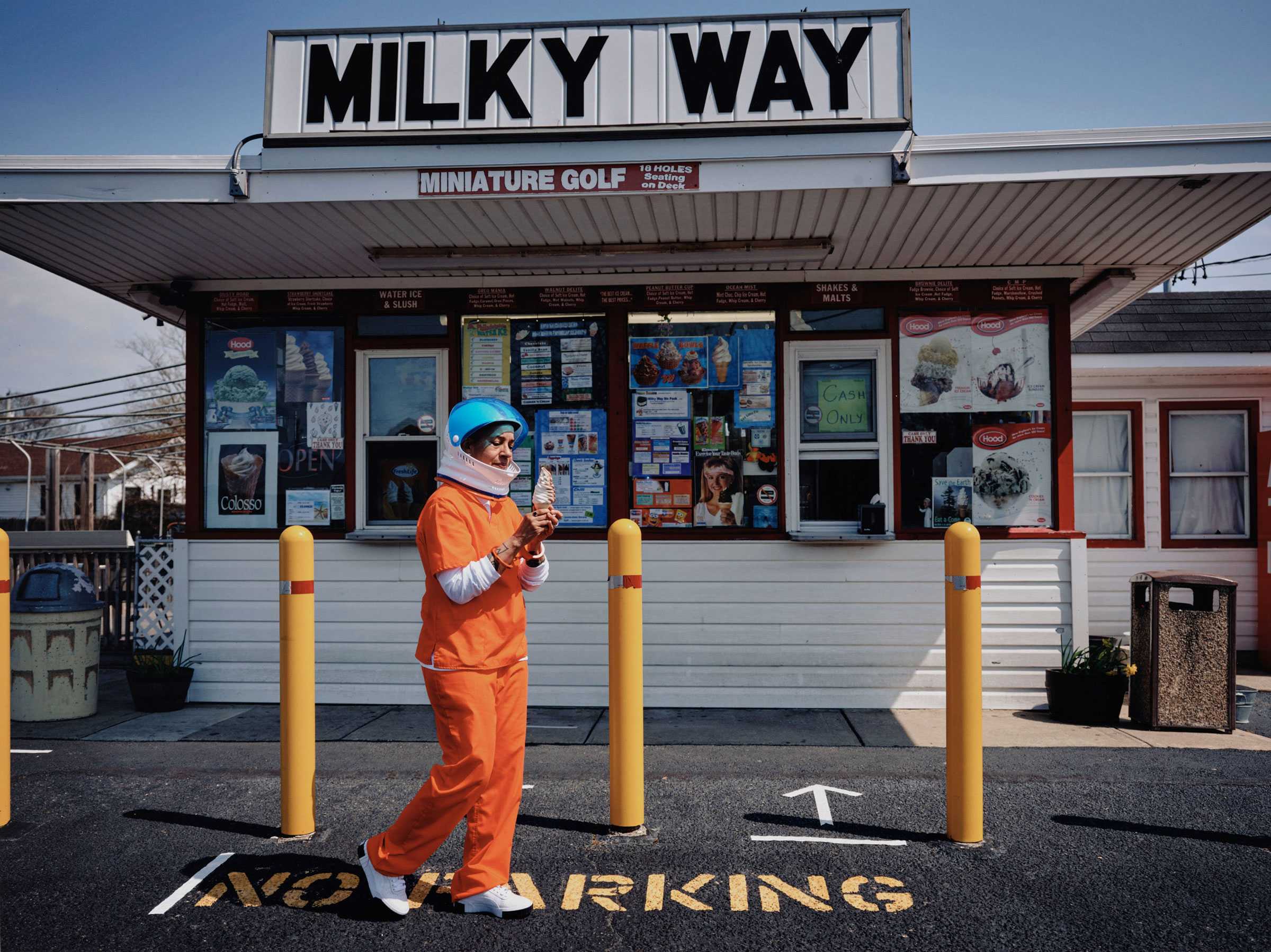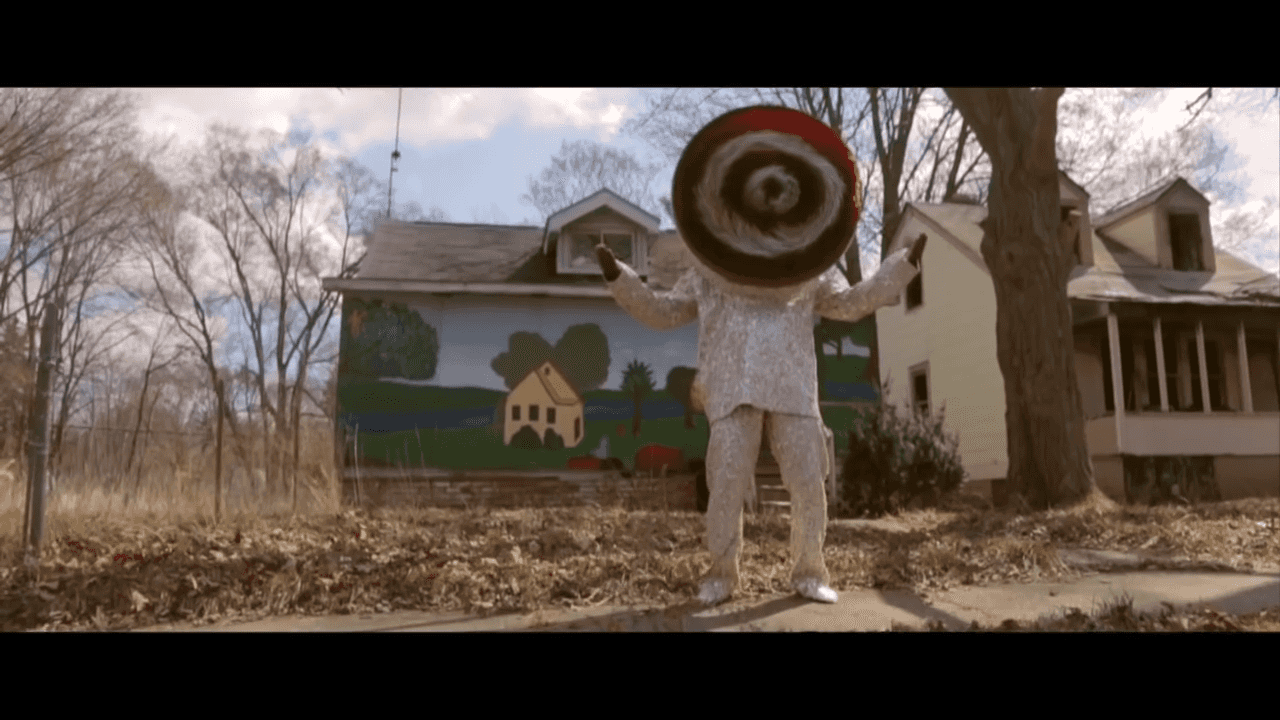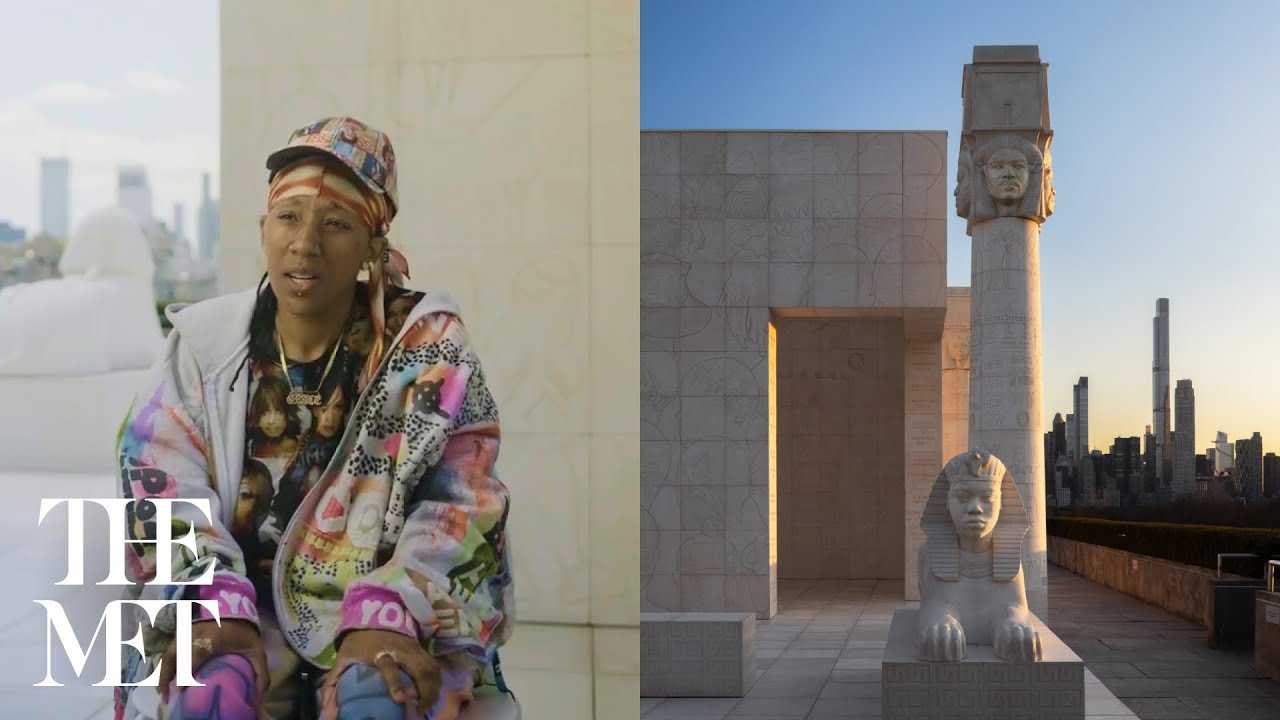New Black Worlds
The concept of world-building exists not only in the fictional world of Afrofuturist novels and films, but in the real world as well. Architects across the African Diaspora have designed sustainable buildings that rely on traditional resource-management while utilizing cutting-edge design – creating futures where Black life can flourish. Working together in collectives, urban planners and designers are rejecting negative assumptions about the value of Black homes and neighborhoods, while visual artists are creating fantastical sculptures, paintings, and immersive installations.
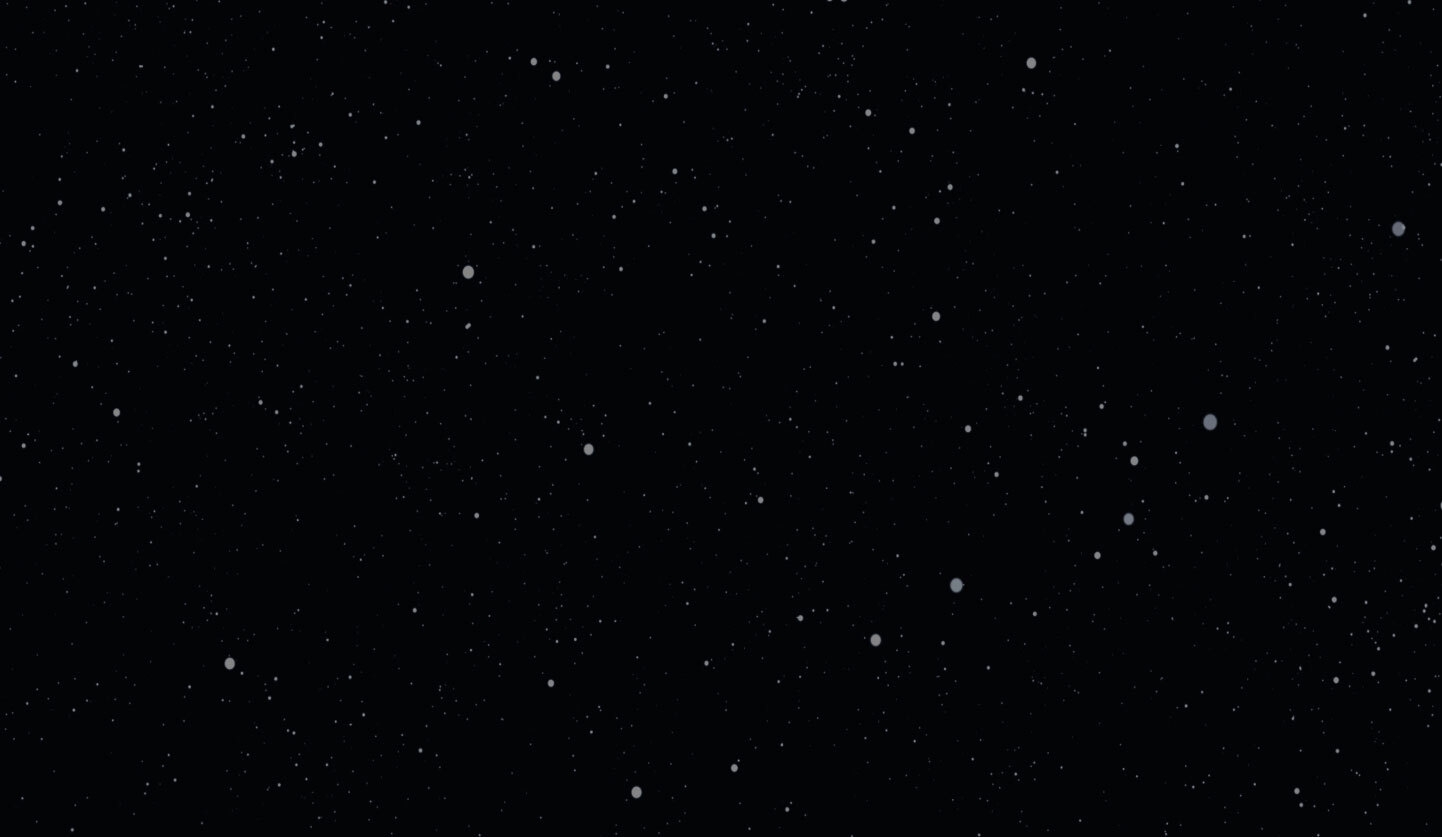
Afrofuturism in Visual Art
Syzygy I from artist Lola Flash’s syzygy, the vision series
From photography to video art, sculpture to paintings, Afrofuturism has become a widely-acknowledged influence in 21st century visual arts. Exhibitions like “Before Yesterday We Could Fly: An Afrofuturist Period Room” at New York’s Metropolitan Museum, “Mothership: Voyage Into Afrofuturism,” at the Oakland Museum of California, and “In The Black Fantastic,” at the Hayward Gallery in London have brought Afrofuturist artists to the forefront of the art world.
Whether through rewriting the past, as with Hew Locke’s sculptural interventions, creating entirely new worlds, as with Wangechi Mutu’s multimedia works, or reimagining physical spaces, as with Lola Flash’s photography, the ways Afrofuturism has influenced Black artists are as diverse as the artists themselves. The four artists highlighted in this exhibit provide examples of that complexity.
Bodys Kingelez
Jamaïca, 1991
Architects and design collectives are not the only ones who have used buildings to imagine new Black futures. Congolese artist Bodys Isek Kingelez has used inexpensive and unorthodox materials to sculpt over 300 models of stadiums, monuments, pavilions, and other public buildings as part of his vision to create futuristic African cities in “a better, more peaceful world.”

Tanekeya Word
Tanekeya Word’s art focuses on, in her own words, the “everyday fantastical lives of Black women and girls.” An expert printmaker and founder of Black Women of Print, Word’s work embraces the past, present, and future of Black women by imagining artistic and lived continuities. The series featured here, supernova study (2020), takes a traditional Black hair style, in this case from the Fulani tribe, and collages it with images from outer space and nature. The image suggests calls to mind how Black experiences and traditions are simultaneously maintained and reworked, reflecting the fluidity of time that is key to Afrofuturist thought.

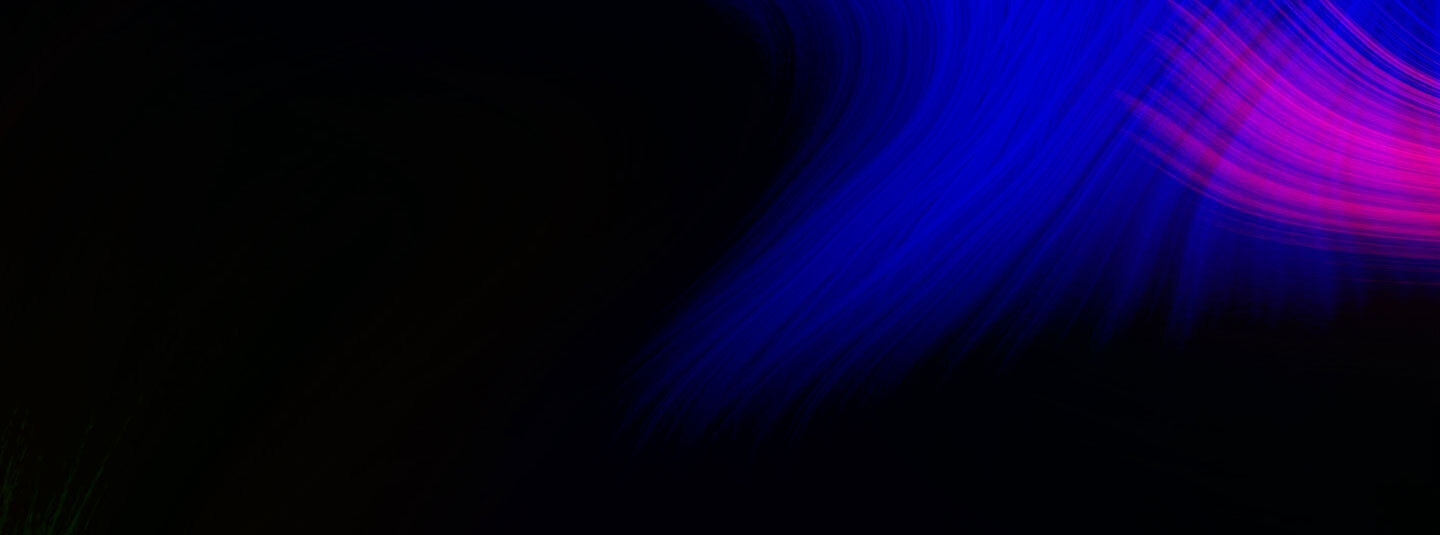
Nick Cave
Nick Cave’s Soundsuits pull influences from traditional African rituals, found objects, fashion, and armor. His Soundsuits are striking whether displayed in galleries or worn during performances. Cave created his first suit during the uprising that followed the 1991 beating of Rodney King by officers in the Los Angeles Police Department. He imagined the suit as a type of shield that allowed the wearer to protect their racial and gender identity from potential attacks, while still expressing a unique vision of self. As public interest in Soundsuits has grown and Cave’s work has been acquired by museums worldwide, he has continued to engage communities in interpreting the sculptural costumes and their performance in ways that imagine new futures and new possibilities.
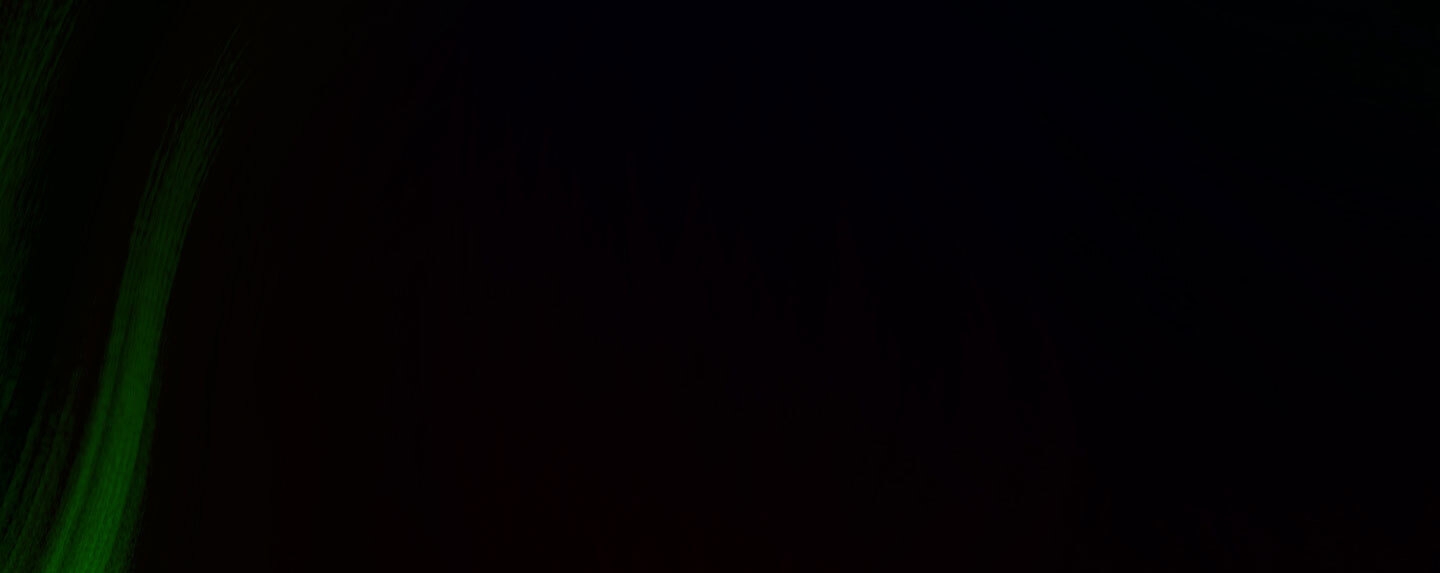
Featured Video
Nick Cave: Here Hear
Performances from Nick Cave’s 2015 exhibition and performance series featuring Soundsuits

Stephen Towns
Inspired by The Slave Ship: A Human History, Marcus Rediker’s 2007 book, An Offering by Stephen Towns visually reinterprets the brutality of the Middle Passage, the transportation of thousands of captive Africans into slavery in the Americansthe work pays tribute to the multitude of unknown Africans captured and lost during the slave trade. Holding candles as offerings to the ancestors, Towns’s painting pays tribute to the forgotten by reenvisioning their fates in an example of Afrofuturist art reclaiming Black humanity lost in the Transatlantic Slave Trade.

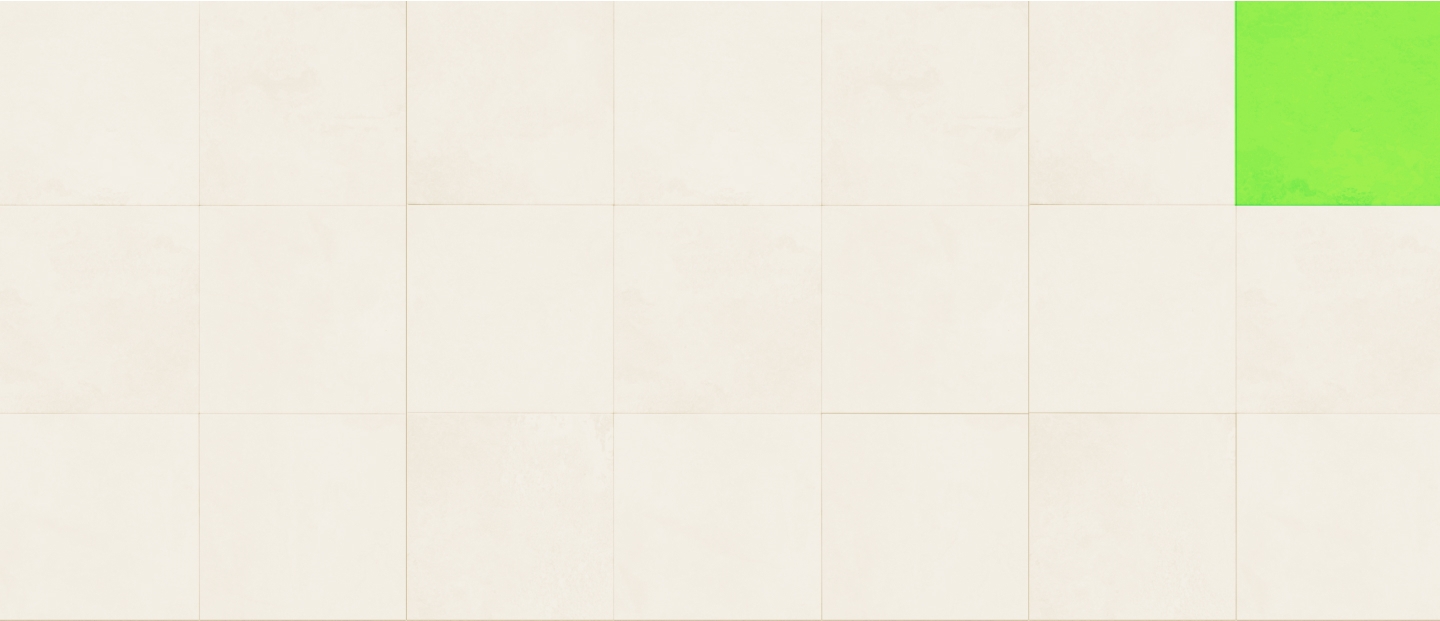
Lauren Halsey
Lauren Halsey uses her family history in South Central, Los Angeles as a jumping-off point to imagine new spaces for people of color, queer people, and the working class. With a focus on civic engagement and community development, Halsey critiques gentrification and the abandonment of urban Black and Brown communities with practical, creative solutions like her Summaeverythang Community Center that provides food directly to the community. In 2023, Halsey’s large installation, the eastside of south central los angeles hieroglyph prototype architecture (I) opened on the roof of the Metropolitan Museum of Art. Its speculative Ancient Egyptian architecture celebrates South Central, her friends and family, and the community’s creative output.
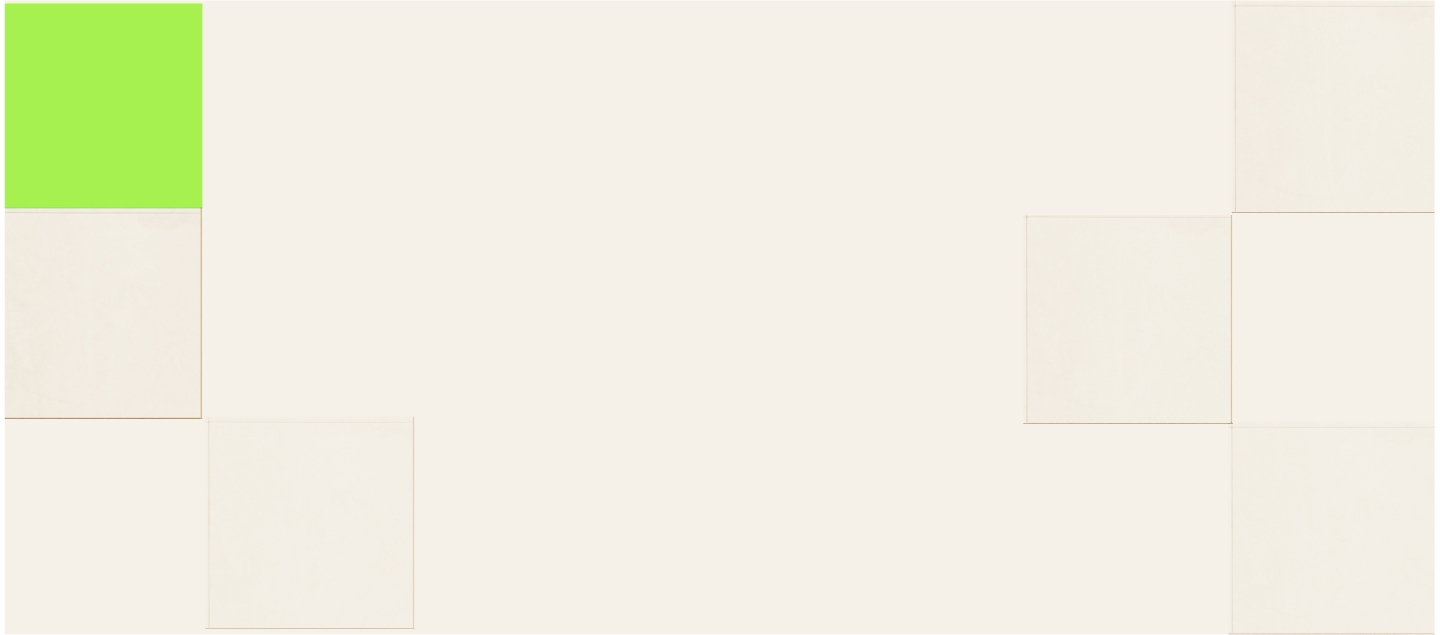
I get to create the worlds I wish I lived in. I collapse all of these worlds, street, pyramids, gorgeous nature, domestic worlds into one composition to create new opportunities that are about uplift, about togetherness.
Lauren Halsey
Featured Video
the eastside of south central los angeles hieroglyph prototype architecture (I)
Halsey walks through her large-scale installation and describes its relation to her own family history and to broader ideas of Black futures and community
